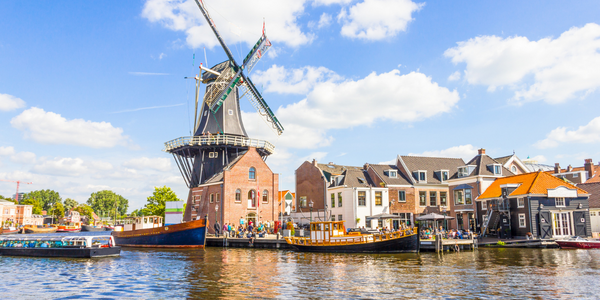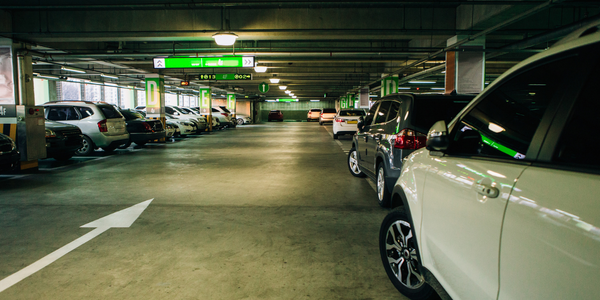公司规模
Large Corporate
地区
- America
国家
- United States
产品
- FleetFocus
- FuelFocus
技术栈
- Database Management
- Automated Fuel Management System
- Radio Frequency Technology
实施规模
- Enterprise-wide Deployment
影响指标
- Productivity Improvements
- Cost Savings
技术
- 应用基础设施与中间件 - 数据交换与集成
适用行业
- 城市与自治市
适用功能
- 物流运输
- 维护
用例
- 车队管理
服务
- 系统集成
- 软件设计与工程服务
关于客户
The City of Austin, Texas, is a large, vibrant and growing city with over 1.5 million people in the greater metropolitan area. It is known for its unique personality, thriving nightlife, and large corporate headquarters and technology development centers. The City of Austin Fleet Services Department provides fleet management services and fuel for more than 5,200 vehicles that support 20 internal city departments and 10 external customers. With a staff of over 100 technicians, 7 maintenance facilities and 32 fueling sites, Austin Fleet Services is a complex operation that has embraced technology as an effective way to run an efficient fleet operation.
挑战
The City of Austin Fleet Services Department provides fleet management services and fuel for more than 5,200 vehicles that support 20 internal city departments and 10 external customers. With a staff of over 100 technicians, 7 maintenance facilities and 32 fueling sites, Austin Fleet Services is a complex operation that has embraced technology as an effective way to run an efficient fleet operation. The City of Austin has used AssetWorks’ FleetFocus software to manage all of its fleet maintenance operations for over twenty years. However, in 2008, the City of Austin upgraded to AssetWorks’ automated fuel management system, FuelFocus, at all 32 of its fuel facilities.
解决方案
FuelFocus works seamlessly with FleetFocus allowing fleets to have all maintenance and fueling data stored in a single database and supported by a single vendor. The FuelFocus Island Control Unit (ICU) automates fueling processes and controls access to fuel and fluids; measuring output while capturing vehicle odometer readings. The City of Austin is in the process of migrating its vehicles from manual to automated meter readings using Radio Frequency (RF) technology. Each vehicle will be equipped with a RF transmitter which ties into the vehicle’s onboard computer. At the time of fueling, the vehicle’s meter readings are transmitted automatically into the FleetFocus database through the FuelFocus ICU.
运营影响
数量效益

Case Study missing?
Start adding your own!
Register with your work email and create a new case study profile for your business.
相关案例.

Case Study
Turning A Stadium Into A Smart Building
Honeywell created what it called the “intelligent system” for the National Stadium in Beijing, China, turning the venue for the opening and closing events at the 2008 Summer Olympics into a “smart building.” Designed by highly controversial artist Ai Weiwei, the “Bird’s Nest” remains one of the most impressive feats of stadium architecture in the world. The 250,000 square meter structure housed more than 100,000 athletes and spectators at a time. To accommodate such capacity, China turned to Honeywell’s EBI Integrated Building Management System to create an integrated “intelligent system” for improved building security, safety and energy efficiency.
.png)
Case Study
Smart Street Light Network (Copenhagen)
Key stakeholders are taking a comprehensive approach to rethinking smart city innovation. City leaders have collaborated through partnerships involving government, research institutions and solution providers. The Copenhagen Solutions Lab is one of the leading organizations at the forefront of this movement. By bringing together manufacturers with municipal buyers, the Copenhagen Solutions Lab has catalyzed the development and deployment of next-generation smart city innovations. Copenhagen is leveraging this unique approach to accelerate the implementation of smart city solutions. One of the primary focus areas is LED street lighting.

Case Study
Buoy Status Monitoring with LoRa
The Netherlands are well-known for their inland waterways, canals, sluices and of course port activities. The Dutch Ministry of Infrastructure indicates that there are thousands of buoys and fixed items in and near water environments that would profit from IoT monitoring. One of the problems with buoys for example, is that they get hit by ships and the anchor cable breaks. Without connectivity, it takes quite some time to find out that something has happened with that buoy. Not to mention the costs of renting a boat to go to the buoy to fix it. Another important issue, is that there is no real-time monitoring of the buoys at this moment. Only by physically visiting the object on the water, one gains insight in its status.

Case Study
Barcelona Case Study
Barcelona’s heavy traffic and its associated high levels of pollution were the primary factors that motivated some companies and universities to work on strategies for improving traffic in the city centre. Bitcarrier is one of the technologies involved in the In4Mo Project, whose main objective is to develop the applications that form the core of smart mobility, one of the fundamental pillars of the smart city concept.

Case Study
China Mobile Smart Parking
Smart Parking, powered by NB-IoT technology, is making it easier for drivers to find free parking spots. Cities can better manage their parking assets and maximize the revenue available to them as a result. Drivers searching for parking create congestion and pollution by circling and hunting for available parking. Smart Parking services are able to significantly ease these problems by guiding a driver directly to a parking space.








